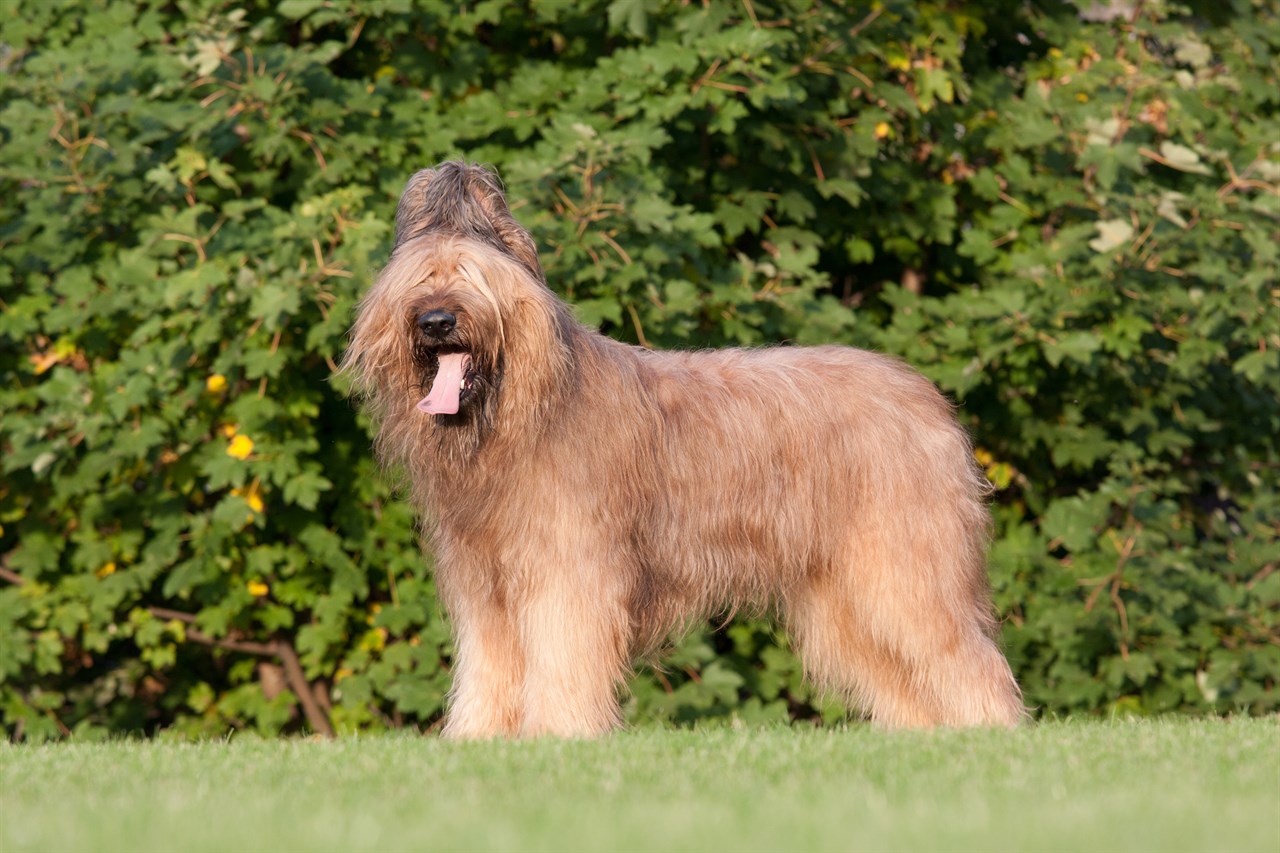Briard: The Hardy and Gentle French Herding Dog

The Briard, often referred to as "Chien de Berger de Brie" or simply Briard, is a remarkable breed known for its intelligence, loyalty, and distinct appearance. This ancient French herding breed has a rich history and a range of admirable qualities that make it a beloved companion and working dog. In this comprehensive guide, we will delve into the Briard's history, characteristics, and answer some commonly asked questions about this fascinating breed.
Breed History and Origins
The history of the Briard is shrouded in antiquity, dating back over a thousand years. Their name "Briard" is believed to have originated from the region of Brie in northeastern France, where the breed was initially developed. Despite its long history, the exact origin of the Briard remains a subject of debate among canine historians.
The Briard's primary role was that of a herding dog, working alongside French shepherds to manage and protect flocks of sheep. They were prised for their intelligence, versatility, and strong protective instincts, making them invaluable on the pastoral landscapes of rural France.
Also Known As
The Briard is also known as the Berger de Brie, which translates to "Shepherd of Brie" in French. This name reflects the breed's origins in the Brie region of France.
Breed Size, Coat, and Appearance
- Size: Briards are a large breed, known for their solid and robust build. Adult males typically stand between 58 to 69 cm at the shoulder, while females are slightly smaller, ranging from 56 to 65 cm. Their weight typically falls between 34 to 45 kg.
- Coat: Briards are characterised by their double coat, which consists of a dense, coarse outer coat and a soft, insulating undercoat. Their coat is usually long, flowing, and slightly wavy, creating a distinctive appearance. The breed's coat requires regular grooming to prevent matting and maintain its health.
- Colour and Appearance: Briards come in various coat colours, with black being the most common. They can also be seen in shades of fawn (a warm tan or tawny color) and a less common variation known as "brindle," which features a mix of dark and light stripes on a fawn background. Briards have expressive, dark eyes, a square-shaped muzzle, and distinctive, high-set, hanging ears.
Breed Group and Uses
The Briard belongs to the Herding Group, which encompasses breeds primarily developed for herding and guarding livestock. Their intelligence, agility, and strong herding instincts make them exceptional working dogs. Apart from herding, they have excelled in various roles, including search and rescue, police work, and even as loyal family companions.
Common Questions About Briards
Do Briards get along with other dogs?
Briards are generally sociable dogs and can get along well with other dogs, especially if they are properly socialised from an early age. Early socialization and positive interactions with other dogs are essential to ensure good behaviour.
What does Briard mean in English?
"Briard" is the French name for the breed. In English, it is commonly referred to as the "Briard" as well.
What is the origin of the Briard?
The Briard's origins trace back to France, where it was initially bred as a herding and working dog in the region of Brie.
Is it Berger de Brie or Briard?
Both terms are used interchangeably, referring to the same breed. "Berger de Brie" means "Shepherd of Brie" in French.
How big is a Briard dog?
Briards are a large breed, with males typically standing between 58 to 69 cm at the shoulder and females ranging from 22 to 25.5 inches (56 to 65 cm).
Is a Briard a rare breed?
Yes, the Briard is considered a relatively rare breed, especially outside of France. They are not as common as some other herding breeds.
What is the Briard dog used for?
Historically, Briards were primarily used as herding and livestock-guarding dogs. Today, they excel in various roles, including herding, search and rescue, and as loving family pets.
Are Briard dogs hypoallergenic?
No, Briards are not considered hypoallergenic. They have a double coat that sheds, and while regular grooming can help manage shedding, they are not allergy-friendly dogs.
Conclusion
The Briard, with its enduring history, intelligence, and loyalty, continues to captivate dog enthusiasts worldwide. Whether as a working dog on the pastoral fields of France or as a cherished family companion, the Briard's enduring qualities have solidified its place as a remarkable and beloved breed.
Continue reading our Briard in-depth articles
- Briard Temperament and Behaviour
- Briard Training and Socialisation
- Briard Toilet Training
- Briard Barking Habits
- Briard Grooming Requirements
- Briard Shedding Behaviour
- Briard Sleeping Behaviour
- Briard Diet and Feeding Requirements
- Briard Average Lifespan
- Briard Exercise Requirements
- Briard Common Health Issues
- Briard Suitability Guide
- Briard Advantages
- Briard Disadvantages
- Briard Cost to Buy and Own
- Briard Clubs and Links
- Selling Briard Puppy Litters and Dogs
- Buying Briard Puppies and Dogs
- Briard Alternatives